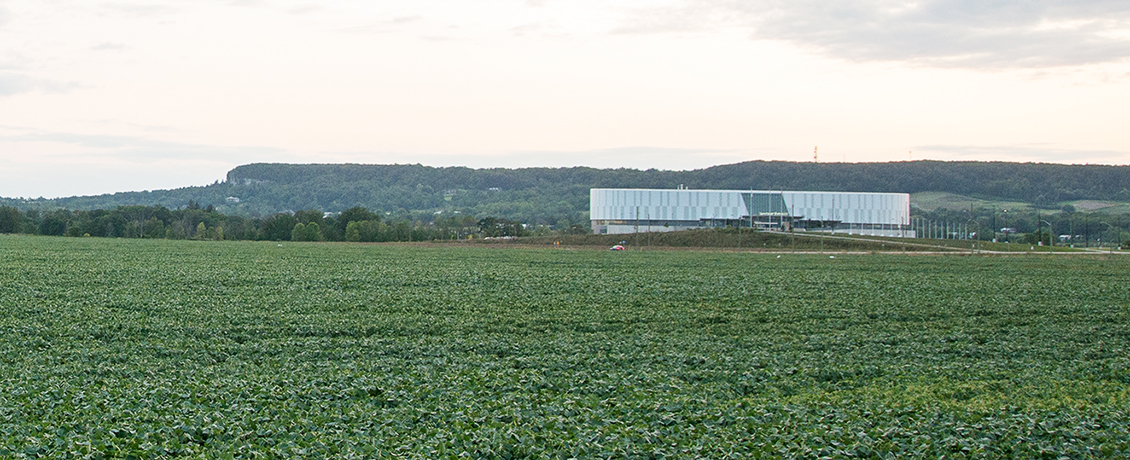
It’s big news that has been a decade in the making. Wilfrid Laurier University is opening a campus in Milton.
Laurier and the Town of Milton have been working together to bring post-secondary education to the community since 2008. In 2014, the town agreed to give Laurier 150 acres of land, valued at $50 million, if the province approved a campus in Milton. Conestoga College came on board as a partner to broaden the academic offerings.
In April 2018, the province announced final approval. Laurier’s first Milton students will begin their studies in September 2019 at a temporary location within the Milton Education Village Innovation Centre.
As permanent facilities are built, the campus is expected to grow to 2,000 Laurier students within five to 10 years, plus Conestoga students. The first permanent campus building is expected to open by 2022, in time for the first cohort of students to complete their fourth year in the new facility.
The new campus will focus on STEAM – science, technology, engineering, arts and math. Plans are in the works to start Laurier’s first engineering programs, a milestone for the university.
“This will be transformational both for Laurier and for Milton,” says Deborah Dubenofsky, Laurier’s vice-president: finance and administration, who is serving as senior project lead for the Milton campus. “We’re so excited to be moving forward, making our big dreams into reality.”
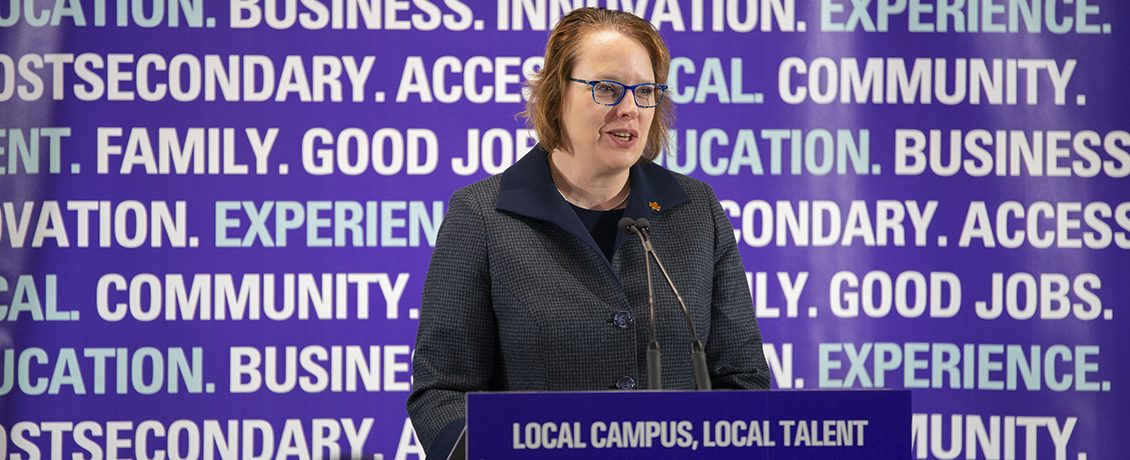
Laurier President Deborah MacLatchy speaks during an event announcing Laurier's new Milton campus.
A key part of Laurier’s long-term strategy is to continue developing as a multi-community, multi-campus university. Since the university expanded beyond Waterloo to open a second full-service campus in Brantford in 1999, Laurier has sought to retain the benefits of an intimate, close-knit community while continuing to grow in size and program diversity. It also operates successful locations in Kitchener and Toronto. Hence, the multi-community, multi-campus strategy.
“A campus in Milton is an opportunity to build on Laurier’s existing strengths and will be transformative for the town,” says Deborah MacLatchy, Laurier’s president and vice-chancellor. “From our successes in Brantford, we know how to build a university site from the ground up and share the skills and knowledge of our faculty and staff across campuses to create truly collaborative, multi-campus environments.”
Milton is an ideal location for a Laurier campus, says Dubenofsky. Situated midway along the Toronto-Waterloo Region innovation corridor and not far from Laurier’s existing campuses, it’s a young, fast-growing, diverse, prosperous and well-educated community.
For the town, not only is a university crucial for educational and economic growth, Laurier has strengths in some of its priority areas, notably science, sustainability and experiential learning, says Laurier Associate Professor Bruce McKay, who was recently named the academic lead for the development of programs in Milton.
Of course, just as the Town of Milton is different from the communities of Brantford and Waterloo, the Milton campus will have a unique character. However, Laurier is committed to maintaining its tight-knit feel and strong focus on student experience as it expands.
“Laurier’s number-one-in-student-satisfaction ethos will continue in Milton,” says Dubenofsky.
The new Laurier campus will be the crown jewel of a 400-acre “Milton Education Village” (MEV) where students and community members can live, work, play, study, stay healthy and enjoy nature.
Located adjacent to the Niagara Escarpment, between Tremaine, Derry and Britannia roads, the site will eventually include a research/business park, retail space, residential space and a transit hub. The existing Mattamy National Cycling Centre — the velodrome built for the Toronto 2015 Pan Am and Parapan Am Games — will be among the athletic and recreational facilities available to students, faculty and staff. The MEV Innovation Centre, currently on Industrial Drive, is planning to relocate to the new site as well.
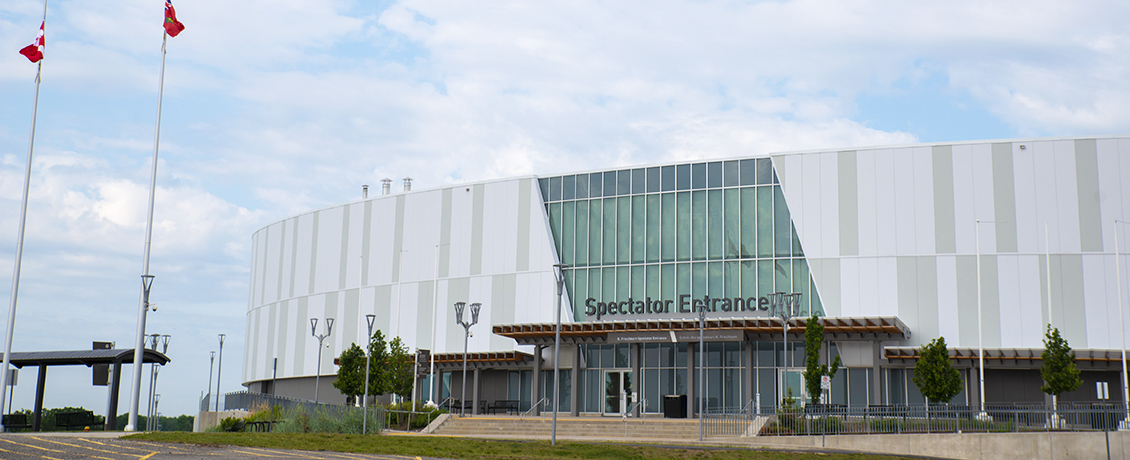
Of the 150 acres of Laurier land, up to 50 acres may be developed. Laurier will start with one academic building, which will contain a range of facilities including the purpose-built labs necessary for engineering programs. There are also plans for student residences. As the campus grows, both Laurier and Conestoga College may consider additional buildings.
The remaining 100 acres are within Ontario’s Greenbelt and not subject to development, providing space for nature and recreation and serving as a living laboratory for students and researchers.
“It gives us a unique opportunity to live the environmental sustainability goals that we will be teaching students,” says Dubenofsky.
In the first few years, Milton campus students will have a choice of four programs: Computer Science, Data Science, Environmental Science and Honours Science.
“This is going to be an opportunity for Laurier to solidify its leadership in science and technology,” says Dubenofsky. “Many people don’t know that over 30 per cent of undergraduate students on Laurier’s Waterloo campus are currently enrolled in science-based programs. This is a way for us to bring our leading-edge science and technology programs to Milton.”
Computer Science, Data Science and Environmental Science programs already operate on Laurier’s Waterloo campus and will continue going strong. There’s plenty of room for similar programs in Milton too, says McKay.
“There’s a huge market demand for graduates in those areas, as well as student demand,” says McKay. “The new programs in Milton will be different from those in Waterloo at the level of the options and specializations students can move into in third and fourth year. They will also be customized throughout to reflect campus priorities such as environmental sustainability. However, they will draw upon the expertise we have already established in these areas.”
Honours Science will be a four-year program that will give students a grounding in a variety of sciences. It may appeal to students aiming to enter science-related professions or who aren’t sure what area of science to specialize in – they can always apply to switch majors later.
The strong scientific focus doesn’t mean the A in STEAM – arts – will be neglected.
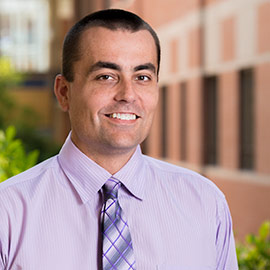
“There will be a core of arts courses that will foster the development of communication skills, critical thinking skills, cultural competencies – transferable skills that are in high demand by employers,” says McKay.
For Laurier, one of the most exciting things about the new campus is developing programs in environmental engineering and software engineering.
“They’re nice offshoots of computer science, data science and environmental science and both these areas are predicted to have a job surplus in the next five to 10 years, meaning that there will be more jobs than job seekers in these fields,” says McKay.
The engineering programs will start in earnest once Laurier is in its new, permanent space with the purpose-built labs the programs require.
However, the process of gaining accreditation is already in the planning stages under the leadership of Robert Gordon, Laurier’s new provost and vice-president: academic.
Right from the campus’s beginnings, there will be a strong emphasis on experiential learning. Some opportunities will develop from the interim location in the MEV Innovation Centre, where a number of tech startup enterprises are incubating.
“These businesses are already interested in partnering with Laurier and providing placements for students,” says Dubenofsky. “It’ll be a wonderful, synergistic opportunity to mix with students and hear from the best and brightest. In return, our students are going to get to learn from leading-edge, trailblazing businesses.”
Laurier is also talking to local businesses and organizations outside the Innovation Centre and many are excited about working with the university, says Dubenofsky.
The experiential learning opportunities may include field trips, community service-learning, co-op placements and a range of types of classroom-workplace partnerships. Student entrepreneurship and social innovation projects may also be supported. As students progress in their learning, their practical contributions will increase, says McKay.
“Experiential learning is what really cements classroom information with real-world application,” says McKay. “It’s one of the ways that students become engaged and passionate about what they’re learning and it creates connections to the workforce.”
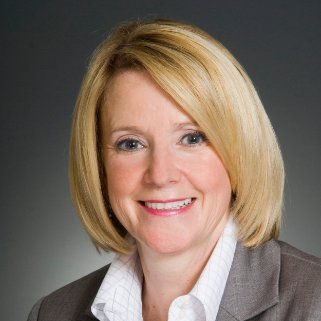
With its location in a stunning natural area recognized as a UNESCO World Biosphere Reserve, the Milton campus will put strong emphasis on sustainability and the environment.
Conservation Halton plans to offer laboratory space and student placement opportunities. The organization has decades of land, water and air data that may be useful for student and faculty research, says Dubenofsky.
Students in all disciplines will have opportunities to go to other communities, including other Laurier campuses, for activities such as co-op placements.
“Imagine a student interested in environmental engineering who has an opportunity to work and study in the pristine Greenbelt in Milton and then goes to Waterloo or Brantford to study urban environmental issues – you can just see the advantages for students in our multi-campus offering,” says Dubenofsky.
Another priority for all Laurier’s campuses is to enhance Indigenous education. To that end, the university has signed a memorandum of understanding with the Mississaugas of the New Credit First Nation.
“Our goal is to establish a centre of excellence for Indigenous-based learning and sharing,” says Dubenofsky. “We’re very excited to have our Indigenization goals brought to Milton and to consider how we can integrate them comprehensively into science-based programs.”
The first cohort of students beginning studies in Milton in September 2019 will be unique. Though they will have access to a full range of services, they will be a smaller group with a chance to put their stamp on the new campus.
“This is going to be of particular interest to trailblazing, pioneering students who are interested in creating a vibrant new approach,” says Dubenofsky. “In return, they’re going to have an innovative, intimate program designed with them in mind. Their input is going to be really critical to make it ‘Laurier’ as soon as we can.”
Dubenofsky hopes Laurier alumni in and around Milton will also help trailblaze. She has talked to many who are excited about the new campus and are keen to work with students.
“I hope alumni will be role models for students and that they will really see themselves reflected in this new campus and help us shape it,” says Dubenofsky. “We are so excited to take the Laurier story to Milton and make it a land of Golden Hawks.”